Australia not only has natural wonders, spectacular beaches, sunny cities, but also impressive inland scenery. Australia's interior, though relatively dangerous, has a unique landscape and exciting experience. Are you ready for the thrilling ride to Australia?
RV country has learned from Australia's inland travel author, Allan Whiting, about the Australian inland RV self-driving tour, and he has provided us with a lot of great advice! Allan's rich knowledge of off-road vehicles and inland travel. Make him an expert in the field-read on, and you'll soon find yourself an adventurous expert like the crocodile Dundee, ready to ride in a RV to challenge the harshest and most desolate parts of the world.
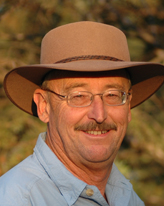
Allan Whiting
Let's start with the important topic of how to survive in the harsh environment of Australia's red earth center: this is the key to living in the interior of Australia. You need to remember three of the most important principles: self-sufficiency, safety, and avoidance of animals. Pack everything you can use in your car, be prepared to deal with all possible situations, pay close attention to wildlife, and treat your inland adventures with the utmost caution.
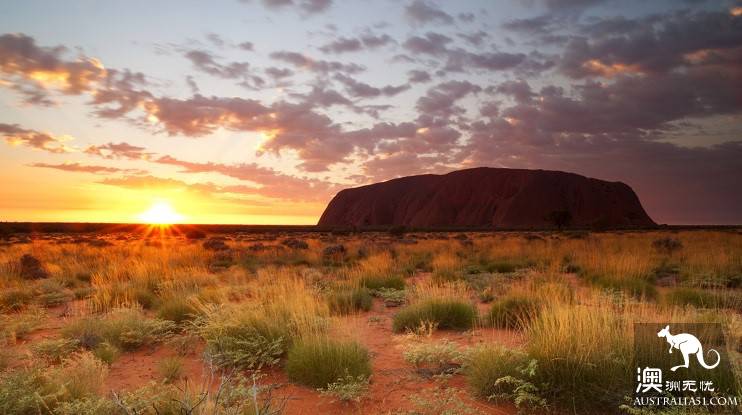
Survival inland: self-sufficiency
Visitors from most countries may think that they pass through a small town every few kilometers and can contact maintenance and medical services on their mobile phones 24 hours a day. Visitors may also be used to traffic on the road. But this is not the case in Australia's interior. On the inland road, you may not see a few cars all day. Some roads may not even pass by other vehicles at all.
With the exception of cities and four-lane highways, cell phone coverage is very limited, and many small towns may not have a cell phone signal. Whether you're on a highway or country path, don't count on your cell phone unless you happen to be within a few kilometers of a medium-sized town.

So, there is no service and no people-what should you do? If you are going to spend a few weeks in remote areas, be sure to rent a satellite phone. Most vehicle maintenance companies can arrange for you. In addition, be as self-sufficient as possible, with adequate supplies-ready for supplies. You must bring a first aid kit and enough water and food for a few days.
Living inland: security
Almost everyone traveling inland in Australia is doing the same thing as you: enjoying the vast expanse of the landscape. But there are some weirdos in every country, and Australia is no exception, so if you spend the night on the side of the road, you'd better be careful.
If you are camping outside the town camp area, it is best to choose a dedicated roadside parking area, where there are usually some other vehicles parked overnight. Or you can choose to stay away from the road and choose where your lights or campfires cannot be seen by passing vehicles.
If you plan to go deep into remote areas, you need to tell others where you are going and where you are going for a few days. Leave and when they arrive in town, report to the local police.
In this way, if you do not arrive at the destination within a day or two after the scheduled time, the police can start the search. Australian police are very friendly (unless you are speeding) and are familiar with how to take care of passengers.
No matter what happens, never leave your RV. Many people died of thirst after trying to walk in hot inland areas for help. Burning the sun and lack of water can kill you in one day.
What should you do if you are lost or trapped? Stop the passing vehicles and let them know about your plight. Rescuers will come, but you and your vehicle may be stuck on the side of the road for days.
It may sound a little scary, but we did see the graves of travelers who died in this arid land on the side of the road. You must realize that inland areas are different.
Live inland: avoiding animals
Australia's rich wildlife can cause threat to inland travellers in three ways:
Road dange
Kangaroos and emus are Australia's national symbols, but they also cause great trouble for drivers.
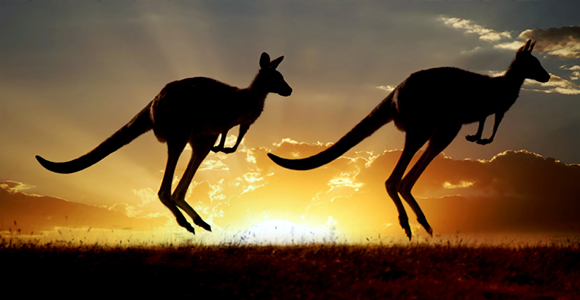
Kangaroos jump across country roads-especially in the evening and at night-and many kangaroos die. The kangaroo is heavy and can cause serious damage to the vehicle if it hits one. Kangaroos may even break the windshield and enter the car!
So avoid driving in the evening and at night. If you have to travel at night, slow down-up to 60 km / h-to avoid kangaroos. If you drive at 100 km / h at night, you'll hit a kangaroo sooner or later.
Emus move during the day, but their movements are unpredictable. If you see emus on the side of the road, slow down to walking speed as you pass them.
Other animals, including cattle and sheep, will appear on roads without guardrail. When approaching these animals, the speed of walking should be reduced to the speed of walking.
Deadly poison
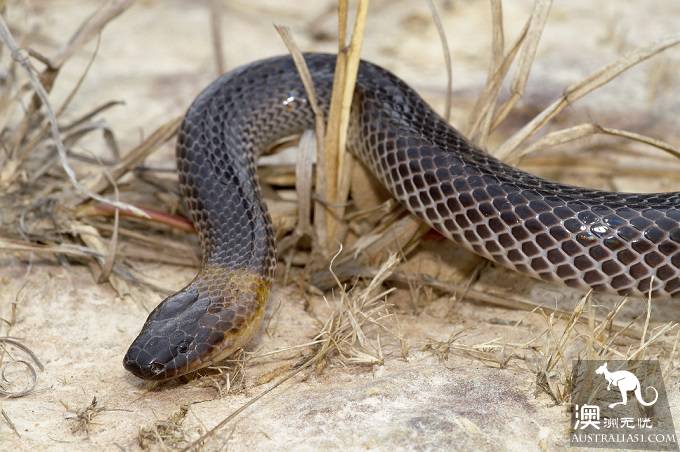
Australia has the world's strongest toxicity snakes and spiders, but they don't like humans. As long as you stay away from snakes and spiders, they won't attack you.
Be careful not to walk in the higher grass, there may be snakes lurking in it, and be careful when picking up dry firewood.
If you encounter a snake, you should stop and step back slowly, so that it will not be considered a threat by the snake. Don't catch up or try to kill snakes under any circumstances. On the one hand, they protect animals, on the other hand, they win a lot more than you do!
Although extremely rare, if you are bitten by a venomous snake or spider, see Inland Survival advice.
Hidden danger in wate
Australia is famous for its dangerous marine animals. Sharks are present in all coastal areas of Australia, and crocodiles are common in tropical coastal and land waters.
To experience the feeling of the sea, the safest place is the beach where coast lifeguards patrol (almost all beaches are accessible free of charge). Lifeguards monitor the waters and sound the alarm when they find sharks. You can easily recognize the beach where lifeguards are patrolling, and there will be a pair of prominent red and yellow flags at sea: be sure to swim in the area where the flag is drawn. Swimming on beaches outside the flag or without lifeguards is dangerous: every year, many people are carried away by ocean currents to drown, or are bitten or even killed by sharks.
There are fewer or no sharks in the tropics and hinterlands, but crocodiles become the new threat. They can live in the ocean, but also in land-based streams, pools and estuaries. In the area where crocodiles live, the only safe place to swim is a swimming pool in the city or resort!
Don't camp near crocodile habitat beaches, river banks or "dead pools", because crocodiles' favorite predation is to raid the shore from a hidden underwater location and drag the victim into the water to suffocate. The whole process takes only a few seconds, and the victim usually has no chance of escaping.

Another dangerous species of marine life is the jellyfish. The jellyfish float in the ocean and leave barbed tentacles around. Some jellyfish stings are painful but relatively harmless, while others can be deadly.
In coral reef snorkeling, usually wear "anti-dormant suit". This lightweight dress prevents poison-pricking cells from touching your skin. Lifeguards patrol the coast to provide up-to-date information about jellyfish, but in other places, you can only ask for more blessing.
When you have the knowledge of how to survive inland, it's best to start thinking about the driving part of the inland trip-after all, you're going to have to drive for a long time! Allan offers some advice on safe driving on Australian roads. There are also some opinions on inland areas.
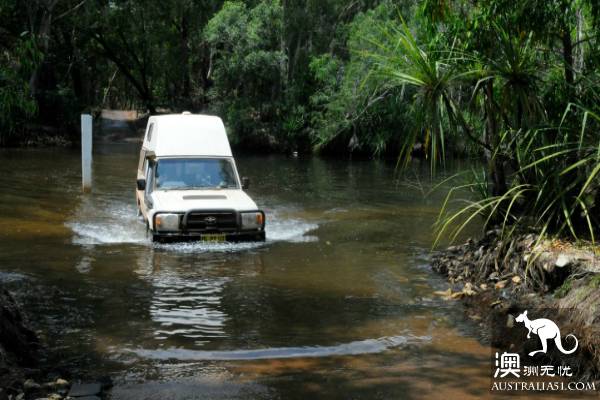
Australian driving skills
First, before sailing on any road in Australia, let's go over the basics.
The steering wheel of the Australian vehicle is on the right side and the vehicle is on the left. This is evident on motorways marked with driveways, but you may easily forget it on narrow roads or dirt roads where there are fewer vehicles and no signs. It is best to write a note and stick it to the steering wheel.
Within three months, you can use a foreign driver's license (English version), but after that you must obtain a driver's license from any state in Australia. If your driver's license is not in English, an international driver's license is required before departure.
The distance and speed units here are km and km / h, respectively. The speed limit here is usually lower than in Europe, and Australian police speed enforcement is strict. The penalty for speeding is very high. If you exceed the speed limit of 30 km / h or more, there are also prison sentences, so be careful!
No drunk driving: it could also put you in jail.
Everyone in the car must fasten their seat belts at any time, or the driver will be fined.
Australian Highway condition
Australia is about the same size as the whole of Europe or the United States, but most of the 24 million Australians live in North Queensland, east of range, to the Victoria region and off the coast, so the level of the inland road network is low. The main roads off the coast and across central Australia are tar roads, but many "inland" roads are stone roads.
To make it easier for you to plan your trip, it is important to note that Highway 1 (with many different names) is a tarmac road that runs through Australia. There are also good tarmac routes on the following major routes:
- Stuart Highway from Port Augusta, South Australia, to Darwin, Northern Territory (North-South)
- From Sydney, Brisbane, Rockhampton, Townsville and Keynes via West Queensland to the Northern Territory
- From Darwin to Kakadu National Park and Bloom, Western Australia
- Most of the main attractions near Alice Springs
But even on these roads, it is often a long walk to find a small town with fuel, water and food supplies. Most food shops and gas stations in inland areas are closed at night.
Rental companies tend to limit the range of areas available to rental vehicles. Before planning your trip, please check to see if your rented vehicle will be able to travel on Stone Road. In some remote areas, passes are required when passing through aboriginal tribal territories.
If you lack experience driving on stone roads, imagine driving on frozen roads: poor grip, control of vehicles and not skid. All stone pavements in Australia have "ripples", caused by tires running over loose surfaces. Some ripples are smooth; others are rugged.
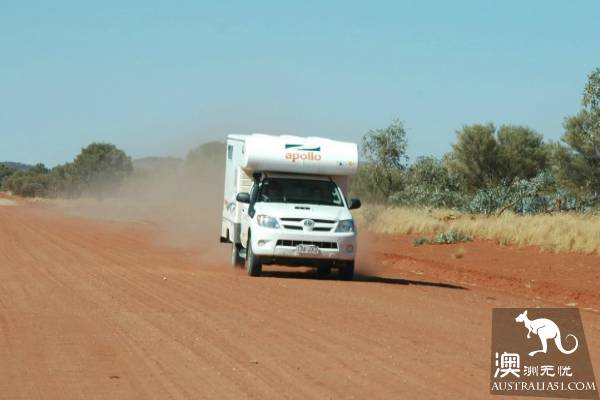
On most stone roads, the most suitable speed is 70 kph, which makes the ripples smoother. However, if there are serious ripples, it is best to drive at speeds as low as 40 km / h. Find the best speed for the vehicle, don't rush!
The main stone roads include:
- (Gibb River Road), Djibouti River Road, Northern Western Australia
- The Great central Road (Great Central Road) connecting the Western Australian Gold Mine with Ururu (Ayers Rock)
- From Alice Springs to (Tanami Road) in Horace Creek, WA
- From Port Augusta, South Australia, to (Birdsville Track), Bozville Road, Mount Isa, western Queensland
- Northern Territory Mataranca to (Savannah Way), Savannah Road, Normanton, northern Queensland
- (Oodnadatta Track), Udinadata Road, connecting Mari and Mara, South Australia
Also, be sure to contact the rental company to see if you can get into these roads.
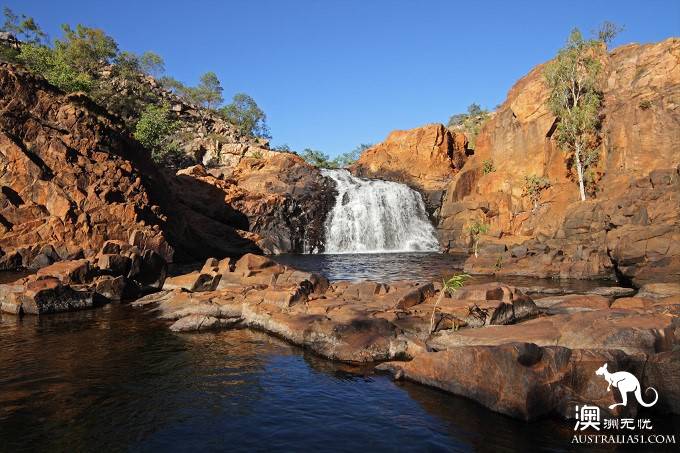
Are you ready to face the challenges posed by the interior and win? Despite the dangers, the Australian inland RV ride will bring you an unforgettable experience and amazing scenery-you will never forget the sunsets, hidden canyons and waterfalls, open wasteland and sparsely populated but friendly towns, and you will never forget the setting sun, the hidden canyons and waterfalls, the open wasteland and the sparsely populated but friendly town. Here, you can drink beer with the local people. Start your RV and start a life-long adventure!
Author: RV country


